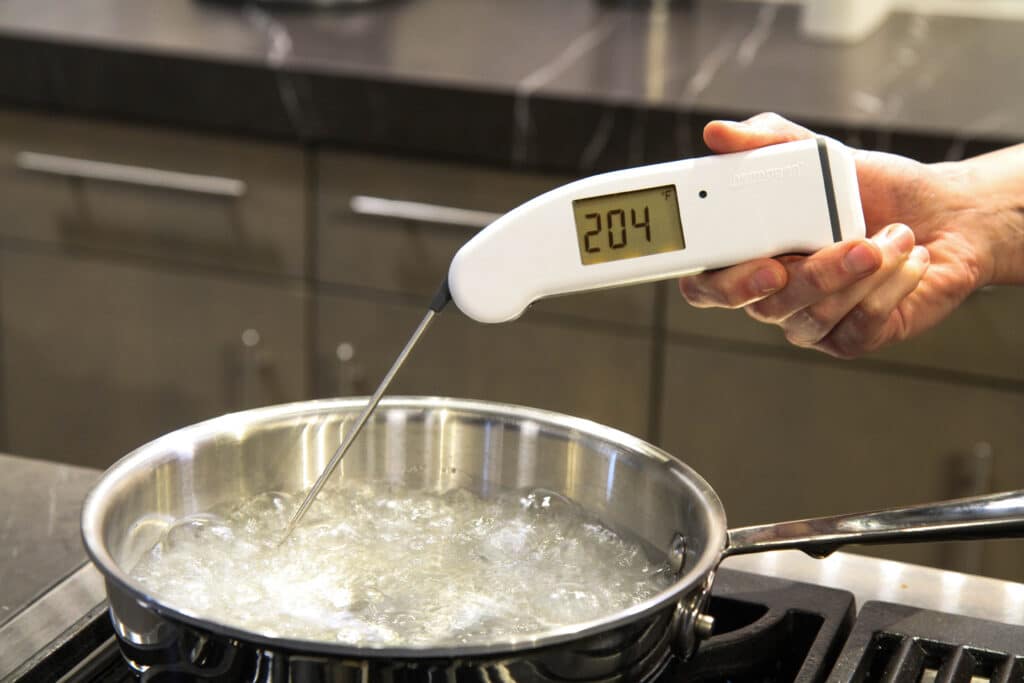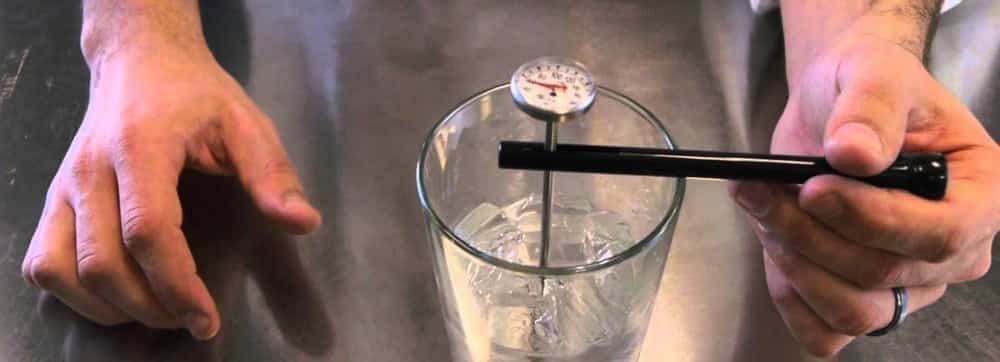By visiting our site, you agree to our privacy policy regarding cookies, tracking statistics, etc.
Ensuring the accuracy of the food thermometers in your kitchen is critical for both food safety and food quality. Calibration is the key to maintaining this accuracy. Let’s delve into the steps and methods for calibrating a thermometer, focusing on food thermometers, using both ice and boiling water methods. Additionally, we’ll explore some top-rated food thermometers available in the market.

Calibrating a food thermometer might seem like a meticulous task, but it’s essential for food safety and quality. Over time, even the most reliable thermometers can lose their precision due to regular wear and tear, exposure to extreme temperatures, or mechanical shocks.
Calibrating a thermometer with ice is a simple yet precise method to ensure it reads the freezing point accurately.

The boiling water method is another straightforward technique, especially useful for calibrating at higher temperatures.

Investing in a high-quality food thermometer can make a significant difference in your cooking and food safety practices. Here are some of the best-rated food thermometers currently available:
See why more than 40,000 restaurants use Restaurant365
Read More:
See why more than 40,000 restaurants use Restaurant365
In conclusion, calibrating your food thermometer is an essential practice that ensures the safety and quality of your meals. Whether you choose the ice water method or the boiling water method, regular calibration combined with the use of a reliable thermometer will elevate your cooking game to professional standards. Choose a thermometer that suits your needs and budget, and enjoy the confidence that comes with precise temperature readings.
Share this blog:
500 Technology Drive, Suite 200
Irvine, CA 92618
Westech 360
8911 N Capital of Texas Hwy
Building 1, Suite 1200
Austin, TX 78759